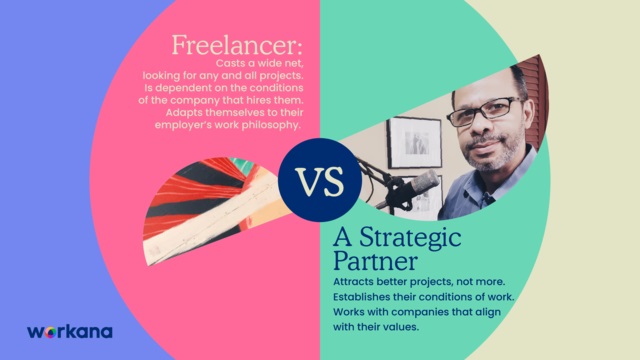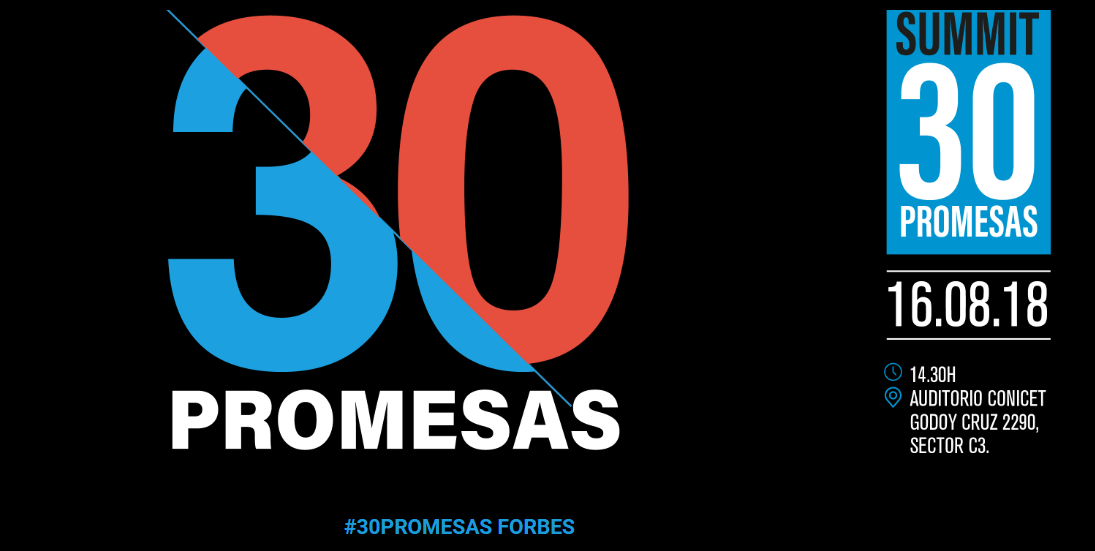More and more professionals are choosing to work independently. This has given freelancers more availability so companies can hire on their terms, by the hour or by project, for ad-hoc tasks.
This arrangement has worked for a lot of people. At Workana, we think you’re more than ready to take it to the next level by becoming a partner or strategic ally. This can give you the luxury of accepting more ambitious projects that are on par with the companies that are the best fit for your work philosophy.
The quality of your work speaks for itself, but in the competitive world of remote talent, sometimes it’s not enough. If you want to go from being a freelancer to being a strategic Partner, you need to shift your mindset toward a greater recognition of your expertise and skills. The best way to do this is by taking timely actions that make you more visible to high-level companies and projects.
Take note of the following:
6 keys to attract better projects and become a strategic partner
1.- Don’t stop investing in your own talent
You are the product, so it’s important to stay productive, up-to-date, and competitive. One of the most common mistakes that independent professionals make is that they get complacent with the work they get and keep working on the same projects over and over.
However, the only thing certain is change, and little by little companies’ requirements change as competition increases. If you don’t want to fall behind, remember to invest time and resources into:
- Training
- More efficient work tools (hardware and software)
- Apps that help you be more productive
- Activities that allow you to have a better personal and emotional balance.
2.- Understand your client’s overall objectives
Most freelancers seek to understand the objectives of the project in question and don’t go any further than that. A strategic Partner contextualizes the project within the company’s overall objectives. As an expert, they make suggestions or necessary adjustments so the project is better adapted to the company objectives. Sometimes they even do this before starting the project!
This involves doing a bit more extensive research on your client, their economic environment, and their competition before making any proposals because the goal isn’t just to turn in work and get paid in return. Instead, you play an active role in your client’s success.
3.- Create a solid professional identity
Although you operate independently, creating a solid professional identity means that you need to start exuding the same strength and professionalism as a company. Below are a few factors that you can take into account in order to gain the best clients’ trust:
- Having a professional website, blog, and work portfolio.
- An email address from my own domain: i.e. [email protected].
- Having a profile with good content and consistent activity level on LinkedIn or a similar professional social network.
- Having real testimonials and reviews from clients that are 100% satisfied.
4.- Only seek out and work for better clients
When it becomes easy to get simple projects, and your schedule is overbooked, that’s your sign that you have to work better, not harder. While your income should increase, this doesn’t mean that you should have to put in more hours working.
If you’re investing in your skills, you have to overcome the fear of saying “no” to projects that aren’t at your level and dedicate that time and availability to more ambitious projects.
5.- Learn to delegate
When the workload gets too big for you to handle alone, it’s always a great idea to add more independent talent to your team. Ideally, you should hire someone who also wants to grow but needs more experience before they can get to the big leagues.
The projects that you let go of can be the perfect pretext for a new collaborator to learn under your supervision. This also allows you to build a team so you can widen the scope of services that you offer.
6.- Always give a little extra
There are plenty of ways to go the extra mile for your clients in addition to tried and true discounts, special plans, and making corrections without charging more. Below are a few other ways to give a little extra:
- Give them different options to reach their objective so that they just have to pick the one they like the most. This will lighten their mental workload. Example: “We could do this, this, or that. Here are the pros and cons of each. Which option would you like to proceed with?”
- Make comments or suggestions that can help them work better and recommend colleagues in other industries who have proven track records of quality work. Example: “I see a few places where we could make our calls to action more attractive in the website copy that we’re working on. I can recommend my colleague X, who’s a specialist in persuasive writing to take a look at it. They’re on the Workana platform.”
- Figure out what’s driving the competition’s best results and share it with your client. Example: “I did a bit of research into similar companies in your industry, and I found what they’re doing with their app really interesting…”
- Share a bit of your expertise and explain why you took some key decisions in your work. Example: “Just to let you know, I wrote this text this way instead of that in order to take the best SEO into account to make your company more visible.”
We wish you the best of luck in your transition from freelancer to partner. Remember, with Workana it’s a lot easier for the best clients to find you. Are you ready to show them what you can do?
You may also be interested:
- The Best Virtual Collaborative Project Managers
- Reskilling: 10 Platforms You Can Use To Keep Your Freelancing Skills Sharp and Up-To-Date
- Seven great challenges of working with remote teams and how to overcome them
- 10 Essential Elements for your Home Office (So You Can Set Yourself up for Freelance Success)
- What to do when a client asks a freelancer for changes to a finished product









